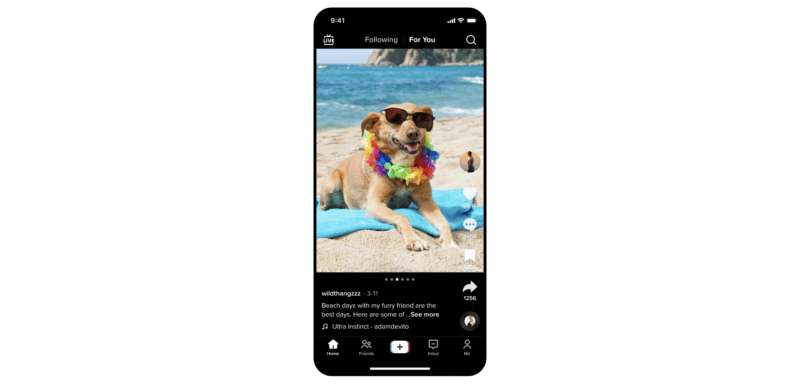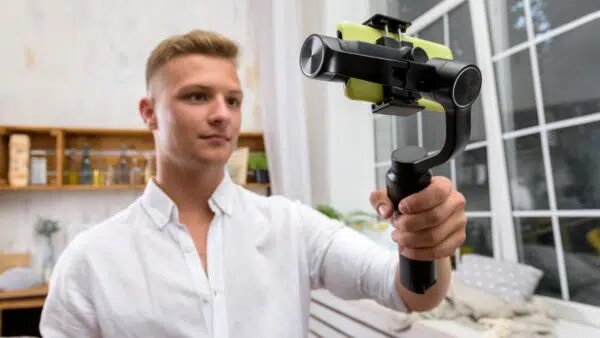TikTok releases Photo Mode and 7 new editing tools
The new editing and photo tools give creators more freedom over the content they post. But the updates aren’t quite original.
TikTok has just announced Photo Mode, as well as seven new editing tools for creators. Let’s take a look.
What’s new. The seven new editing features are now available in the US and most regions globally. These tools allow creators to adjust their clips right in the TikTok platform.
- Edit clips: Stack, trim, and split video clips
- Edit sounds: Cut, trim, and set the duration for sounds
- Edit and position text: More easily edit, position, and set the duration for text
- Add overlays: Add photo and video overlays for picture-in-picture (or video-in-video) stacking
- Adjust video speed: Speed or slow the pace of video clips
- Frame content: Rotate or zoom in and out of frame of individual clips
- Add sound effects. Add musical soundtracks to videos and photo carousels

Photo Mode. If you prefer to post a photo instead of a video, the carousel format will display your still images one right after another. You can also add a musical soundtrack. Viewers to your carousel posts can swipe at their own pace.

Expanded character descriptions. Last month we announced that TikTok was now allowing longer descriptions of up to 2,000 characters. These are now available for both video and Photo Mode content. This allows for both SEO optimization as well as allowing creators to expand their captions to include more information about their content.
Dig deeper. You can read the announcement from TikTok here.
Why we care. Instagram’s plans to double down on Reels had some creators and influencers pretty upset that the Meta platform was trying to be too much like TikTok. So it’s no surprise that TikTok is clapping back in its fight to woo the competition with longer descriptions and a new Photo Mode that looks, well, familiar.
Creators and users may soon be choosing which platform to keep and which one to ditch as the two are starting to look almost identical. Marketers and brands should take advantage of the new tools and features, utilizing both platforms to reach their target markets.




